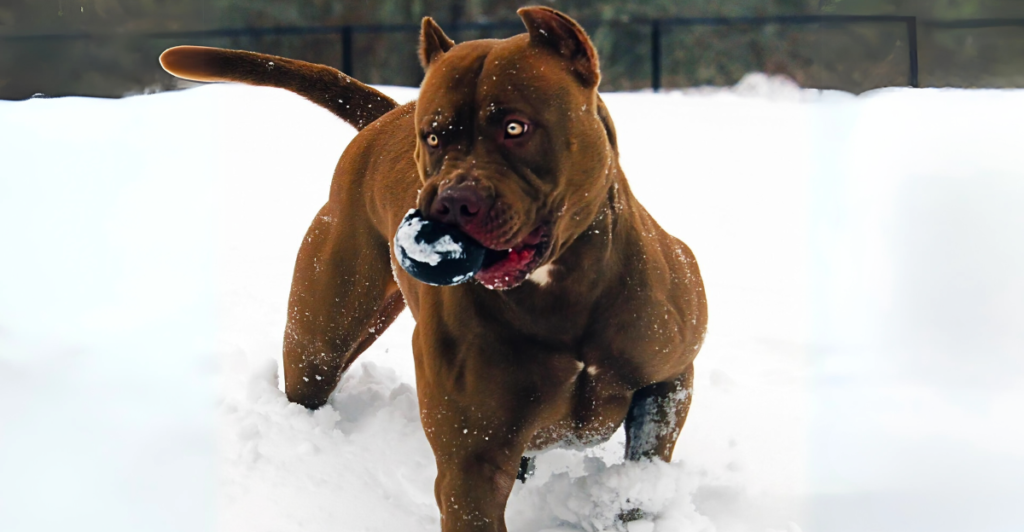
But some breeds, thanks to their size, power, or sheer chaotic energy, rack up more police reports than others. We’re talking noise complaints, biting incidents, and full-blown 911 calls. Are these dogs evil? No. But some breeds demand more responsibility than others—and when owners don’t step up, the cops do. This list breaks down 9 dog breeds that get the most attention from law enforcement. Whether it’s because they’re loud, reactive, or just too strong for their own good, these pups keep animal control on speed dial.
1. Pit Bulls
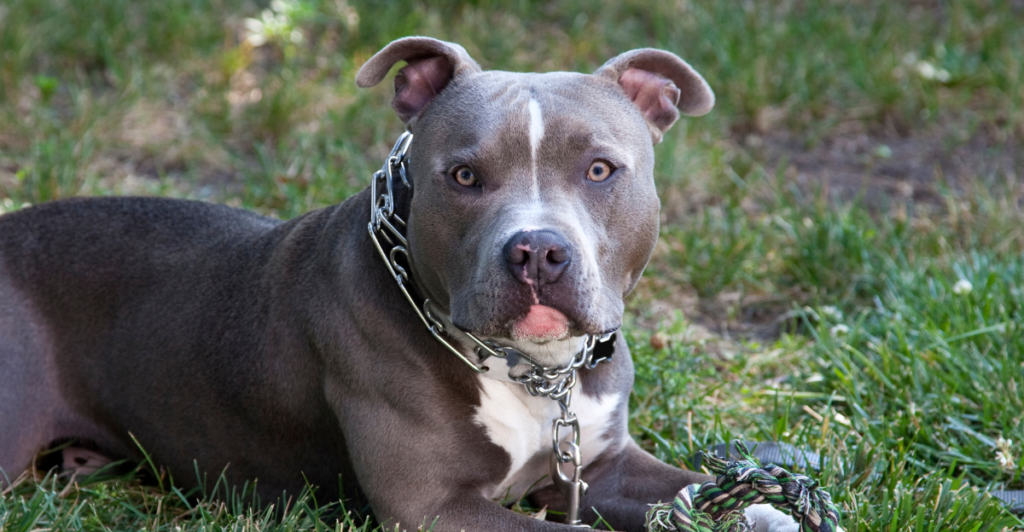
No surprise here—Pit Bulls are the most reported breed in America. They’re strong, loyal, and protective, but with power comes responsibility. Poorly trained or neglected Pit Bulls can become aggressive, and they’re involved in the highest number of serious attacks. From 2005–2019, they were linked to over 60% of fatal dog attacks in the U.S. That stat, fair or not, fuels breed-specific bans and heavy media attention. But here’s the truth: well-trained Pit Bulls can be amazing family dogs. Unfortunately, bad breeding and irresponsible ownership keep landing them in the hot seat.
2. Rottweilers
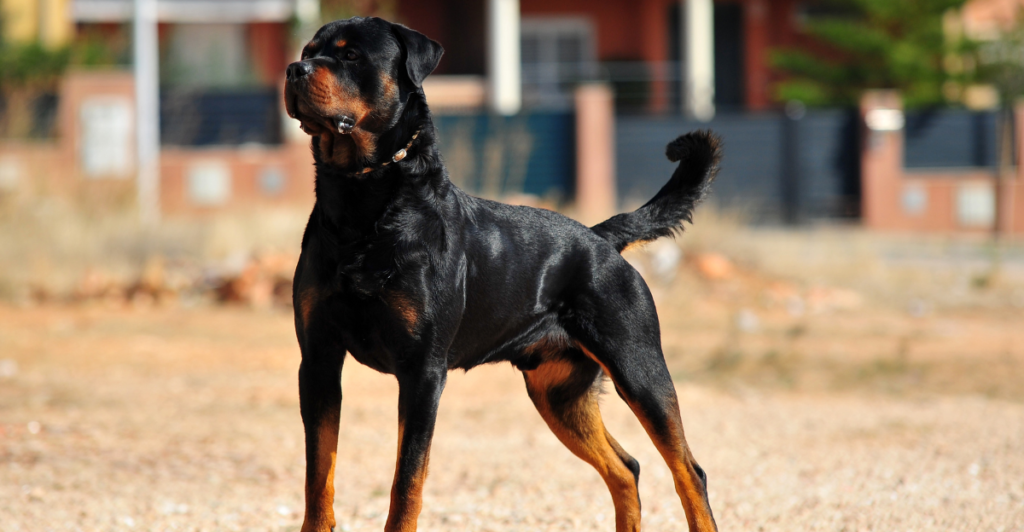
Rottweilers are built like tanks—and when they decide to go rogue, things escalate fast. They rank just behind Pit Bulls for most fatal attacks, often because of their sheer size and jaw strength. Rotties are smart and loyal, but without proper structure, they can become overly territorial and reactive. Police reports involving Rottweilers typically cite bites, aggressive behavior toward strangers, or escape attempts that spook the neighborhood. If you’re going to own one of these majestic beasts, it’s gotta be with discipline, training, and respect.
3. German Shepherds
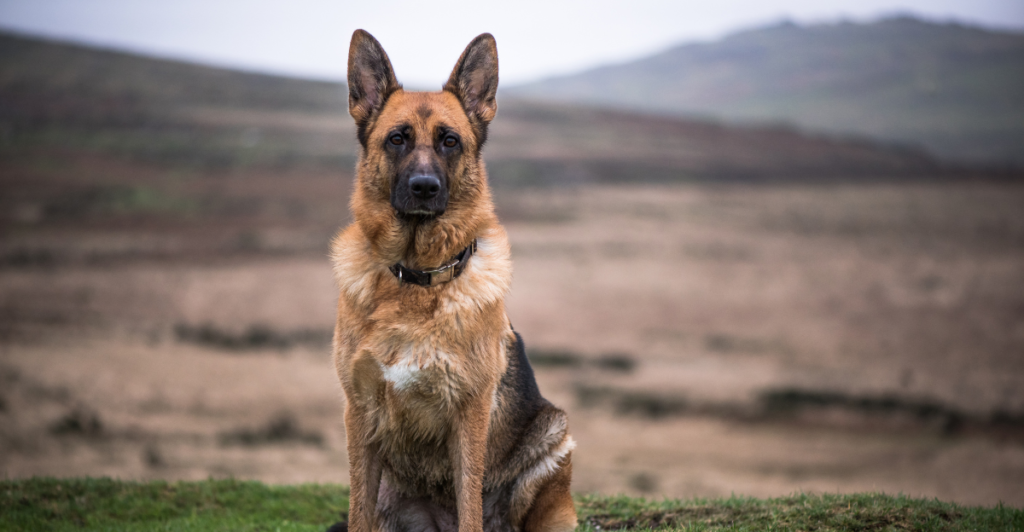
German Shepherds are police and military icons, but don’t let the badge fool you—they’re also frequently reported in civilian life. These dogs are sharp, energetic, and highly protective. If not mentally stimulated or trained with consistency, they become reactive and sometimes aggressive. They’ve been responsible for dozens of serious bite incidents over the past decade. Most complaints involve aggressive barking, lunging at delivery people, or overprotective behavior. GSDs aren’t low-maintenance pets—they need a job. Give them one, or the police might get one instead.
4. Siberian Huskies
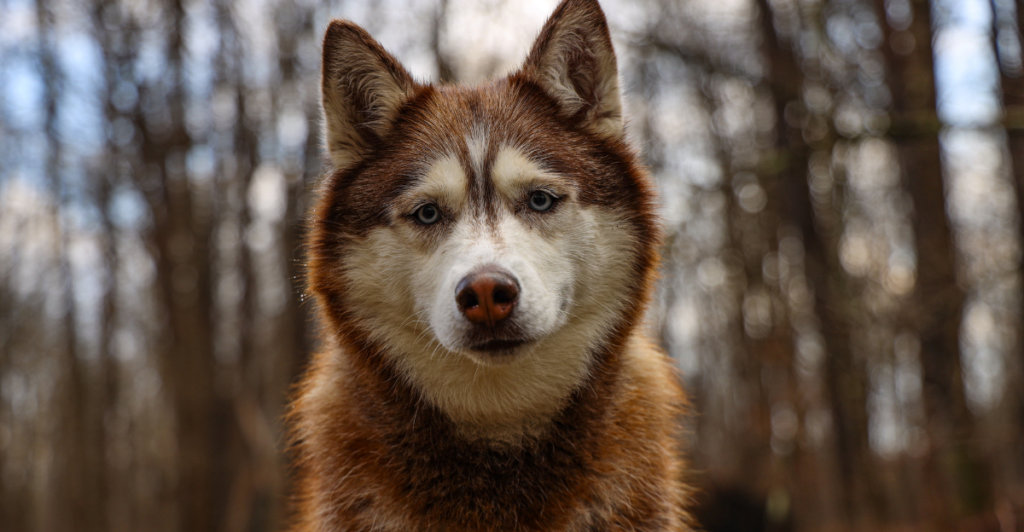
They’re not typically dangerous, but Huskies definitely know how to cause a scene. These high-energy escape artists get reported constantly for nuisance behavior: howling, digging, escaping yards, and running loose. Animal control officers often describe them as “lovable menaces.” If a Husky’s bored? Your fence isn’t stopping them. Once loose, they can cause traffic hazards or chase smaller animals, landing them in the doghouse with the law. Not aggressive, just chaotic.
5. Alaskan Malamutes
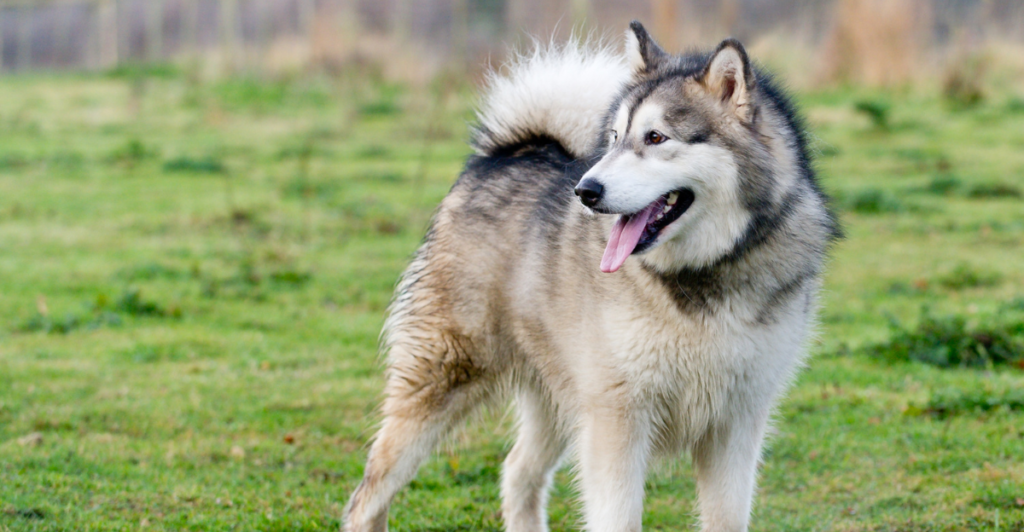
Malamutes are basically Huskies’ bigger, louder cousins. They were bred for endurance and strength—not for small suburban backyards. Police calls typically involve noise complaints (constant howling), destruction of property, or intimidating behavior toward passersby. While not inherently dangerous, their size and aloof nature make them harder to manage. They’ve also been involved in several severe attacks, particularly when under-socialized. These dogs need major space, strong leadership, and lots of exercise. Without it? Let’s just say your neighbors will notice.
6. Doberman Pinschers
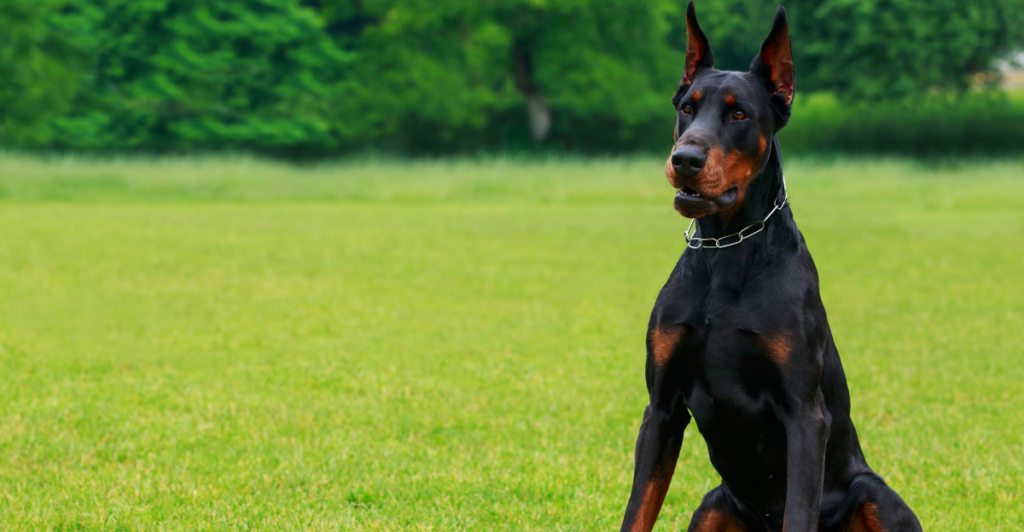
Dobermans are alert, sleek, and deeply loyal—but don’t cross them. These dogs were bred for protection and have zero hesitation when they sense a threat. Police are called when Dobies overreact to strangers, bite out of fear, or become territorial on walks. While fatal attacks are rare, their reputation and striking presence make any incident a big deal. Proper socialization is key, but even then, some people just don’t trust a dog that looks like a bodyguard in fur.
7. Chow Chows
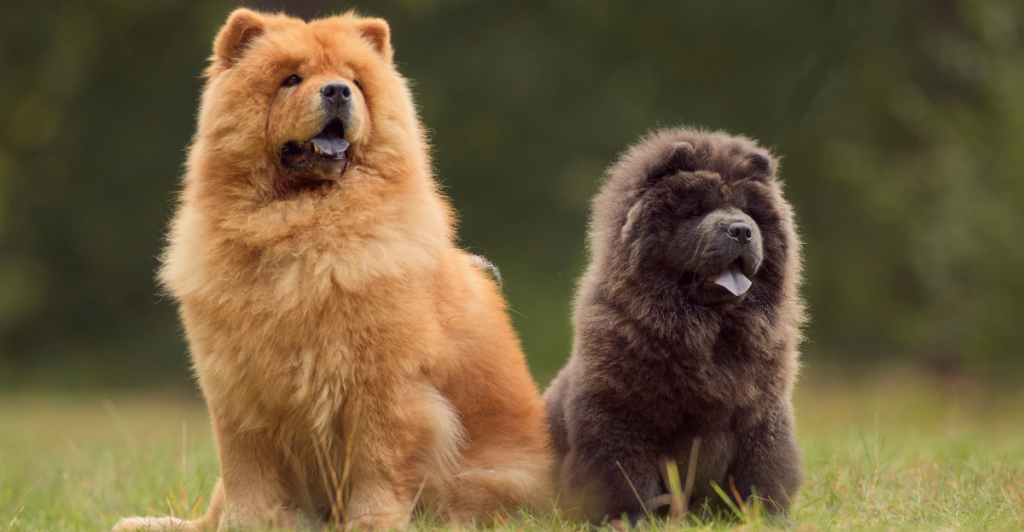
They look like teddy bears, but Chow Chows are famously moody. They’re independent, territorial, and often don’t care for strangers—or even kids. Police reports usually involve bites or aggressive posturing. Chows have been responsible for multiple fatal attacks despite their smaller stature. Their aloof personality makes training tough, especially for first-time dog owners. These dogs are best left to experienced handlers who know how to manage a “my way or no way” attitude in a 60-pound furball.
8. Mixed Breeds – The Wild Cards
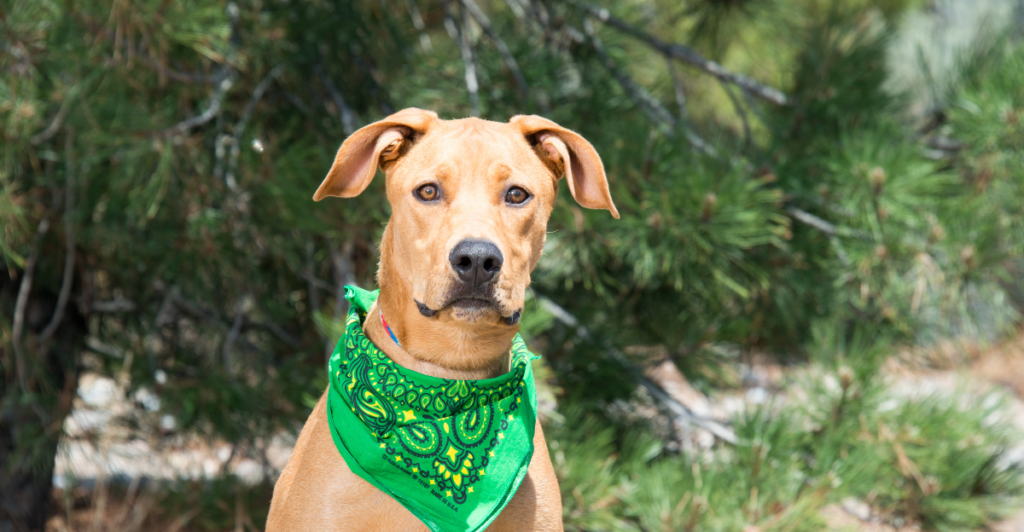
Mixed breeds make up a huge chunk of police reports—not because they’re more dangerous but because they’re everywhere. When you mix powerful breeds (like Pit Bulls, Shepherds, or Dobermans), you sometimes get unpredictable behavior. Shelter dogs, especially those with trauma or unknown backgrounds, can react in ways that surprise even experienced owners. The truth? Breed alone doesn’t tell the whole story. But mixed-breed dogs do appear often in bite stats, property damage complaints, and escape incidents.
Don’t Blame the Breed, Blame the Blueprint
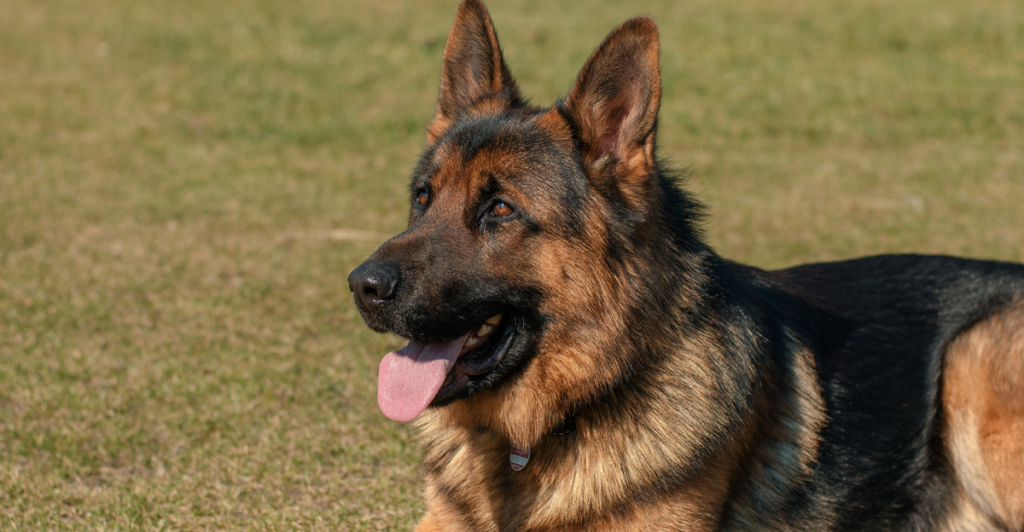
Yes, these breeds rack up more reports, but let’s not pretend they’re monsters. The real issue is training, structure, and socialization. A well-raised Pit Bull is safer than an anxious, untrained Lab. Breed is only part of the equation. These dogs are often powerful, driven, and reactive—which means they need owners who get them. So before adopting any high-profile breed, ask yourself: Can I provide structure, boundaries, and daily exercise? If not, that 911 call might be yours. Know your dog. Train your dog. And don’t be that headline.
Explore more of our trending stories and hit Follow to keep them coming to your feed!

Don’t miss out on more stories like this! Hit the Follow button at the top of this article to stay updated with the latest news. Share your thoughts in the comments—we’d love to hear from you!







